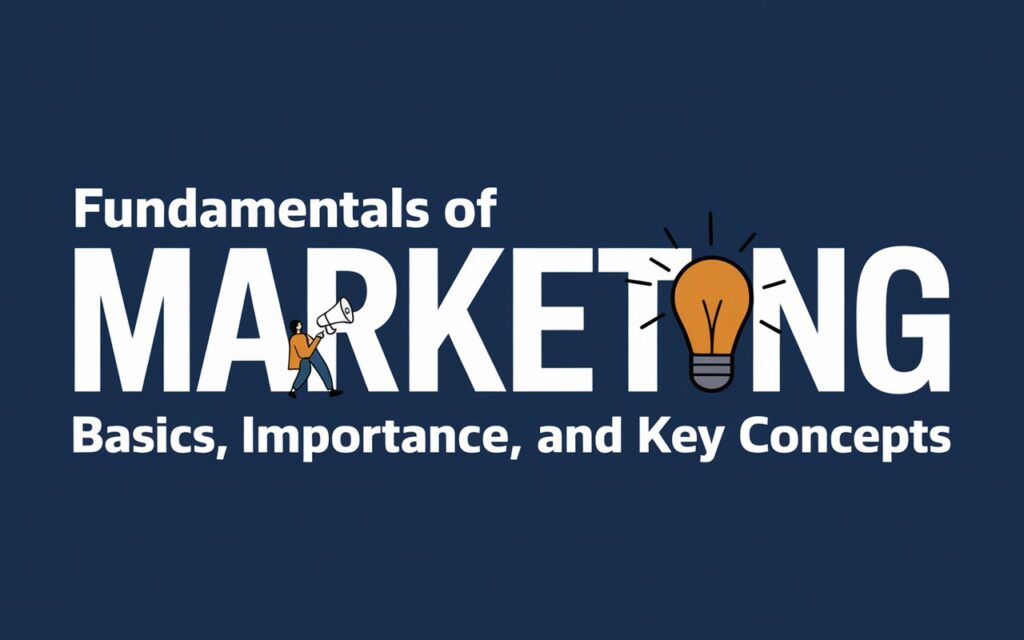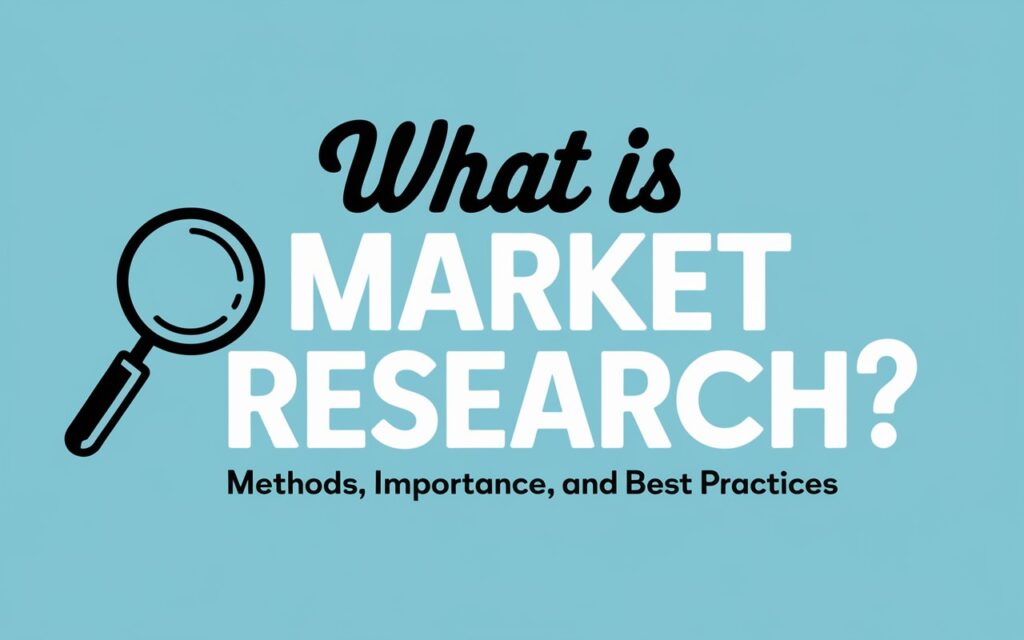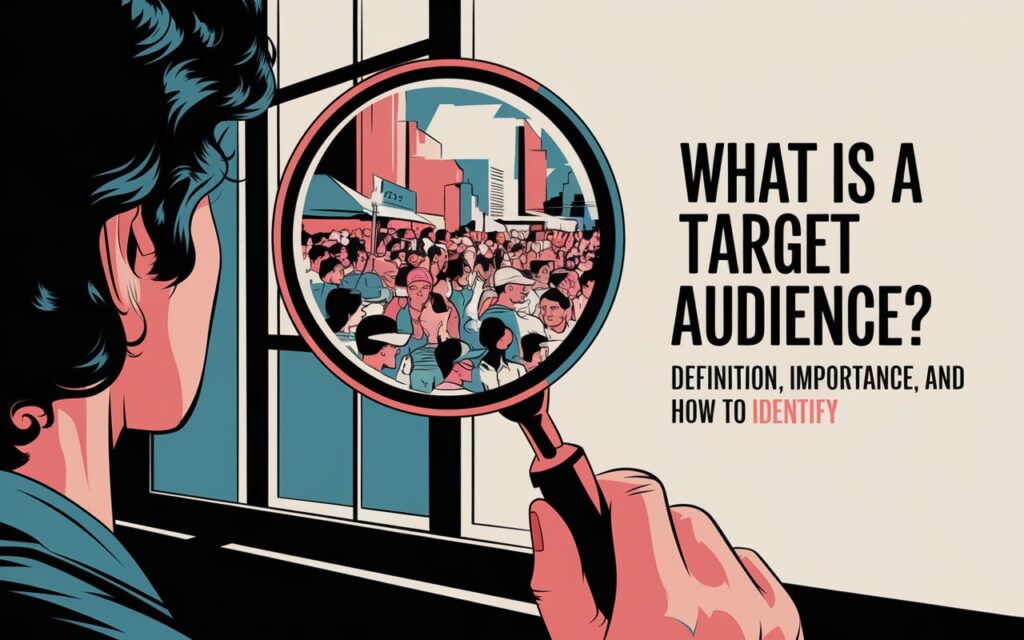Content marketing remains one of the most effective ways to attract and engage customers in 2025. It helps businesses build trust, improve search visibility, and guide prospects through the buyer journey. But to see results, a business needs more than just publishing blogs or posting on social media. It needs a well-structured content marketing strategy.
A winning content strategy aligns business goals with audience needs. It uses data to inform decisions and delivers consistent, valuable information across multiple channels. This article outlines the key steps to build a strong, scalable content marketing strategy that drives long-term growth.

Table of Contents
What Is a Content Marketing Strategy?
A content marketing strategy is a comprehensive plan that defines how your business creates, distributes, and manages content. It outlines the objectives, audience, content formats, channels, timelines, and performance metrics needed to guide your efforts.
A strong strategy ensures every piece of content serves a purpose—whether that’s generating leads, increasing brand awareness, improving SEO, or driving conversions.
Why You Need a Content Marketing Strategy
Publishing content without a strategy often leads to inconsistent messaging, low engagement, and missed opportunities. A clear strategy helps:
- Align content with your business goals
- Target the right audience at the right time
- Allocate resources more efficiently
- Measure and optimize performance
- Build brand authority over time
In 2025, where consumers expect personalized and valuable experiences, having a focused strategy is no longer optional—it is essential.
Step 1. Define Your Content Marketing Goals
Start by identifying what you want to achieve. Goals should support your overall marketing and business objectives.
Common content marketing goals include:
- Increasing website traffic
- Generating qualified leads
- Improving SEO rankings
- Educating customers
- Enhancing brand credibility
- Supporting product launches
Use clear and measurable objectives, such as increasing organic traffic by 25 percent in six months or generating 200 leads from gated content in a quarter.
Step 2. Know Your Target Audience
A successful content strategy begins with understanding who you are trying to reach. Knowing your audience allows you to create content that speaks to their needs, challenges, and preferences.
Create detailed buyer personas by gathering data on:
- Demographics (age, location, job title)
- Behavior (online habits, search patterns)
- Pain points (problems they need to solve)
- Goals and interests
- Content preferences (video, articles, webinars)
Use surveys, interviews, website analytics, and CRM data to build accurate profiles of your ideal customers.
Step 3. Conduct a Content Audit
Before creating new content, review what you already have. A content audit helps identify:
- Which content performs well
- What needs to be updated or optimized
- Where there are content gaps
Use tools like Google Analytics, SEMrush, or Ahrefs to analyze performance metrics such as page views, time on page, bounce rate, and conversions. Categorize content by format and funnel stage to identify strengths and weaknesses.
Step 4. Choose Your Content Types and Channels
Different goals and audiences require different types of content. Focus on the formats that best match your audience’s preferences and your business strengths.
Common content types include:
- Blog posts and articles
- Whitepapers and eBooks
- Case studies
- Videos
- Infographics
- Webinars and podcasts
- Social media posts
- Email newsletters
Distribute content through the right channels such as your website, YouTube, LinkedIn, Twitter, or email depending on where your audience spends time.
Step 5. Plan Content Around the Buyer Journey
Content should support every stage of the buyer journey—awareness, consideration, and decision.
- Awareness stage: Create informative, educational content to help people understand their problems and possible solutions. Examples: blog posts, videos, infographics.
- Consideration stage: Provide content that compares options and builds trust. Examples: case studies, webinars, whitepapers.
- Decision stage: Offer persuasive content that helps prospects take action. Examples: product demos, testimonials, free trials.
Mapping content to the buyer journey ensures your messaging stays relevant and increases conversion rates.
Step 6. Build a Content Calendar
A content calendar organizes what you will publish and when. It helps maintain consistency and aligns your team around deadlines and campaigns.
Include the following in your calendar:
- Topics and keywords
- Content format
- Author or team responsible
- Publishing dates
- Distribution channels
- Target persona or buyer stage
Use tools like Trello, Notion, Airtable, or editorial plugins for CMS platforms to manage your content pipeline efficiently.
Step 7. Optimize for SEO and Search Intent
Search engine optimization is a vital part of any content strategy. Optimizing your content ensures that it gets found by people actively searching for answers.
Best practices include:
- Conducting keyword research using tools like Google Keyword Planner, SEMrush, or Ahrefs
- Using keywords naturally in titles, headers, and body text
- Writing compelling meta descriptions and clear headings
- Ensuring mobile responsiveness and fast loading speed
- Including internal and external links
Focus not only on keywords but also on search intent. Create content that fully answers user queries in a structured and helpful way.
Step 8. Promote and Distribute Content
Creating great content is not enough—it needs to be distributed strategically. Promotion ensures your content reaches the intended audience and delivers results.
Content distribution methods include:
- Sharing on social media platforms
- Sending via email newsletters
- Repurposing into different formats
- Collaborating with influencers or partners
- Publishing in online communities or forums
- Running paid ads on Google or social platforms
Tailor your promotion to each channel’s format and audience to maximize engagement.
Step 9. Measure Performance and Optimize
Track how your content is performing against your goals. Key performance indicators (KPIs) will vary depending on your objectives but may include:
- Page views
- Time on page
- Social shares and engagement
- Conversion rates
- Lead quality
- Search rankings
Use analytics tools like Google Analytics, HubSpot, or content intelligence platforms to gain insights. Review metrics regularly and adjust your strategy based on what is working.
Step 10. Scale Your Efforts Over Time
Once your strategy is delivering results, look for ways to scale:
- Repurpose high-performing content into new formats
- Automate distribution with tools and workflows
- Build a content team or use freelancers
- Explore new channels like audio or AI-powered platforms
- Collaborate across departments for new ideas
Scaling does not mean producing more content—it means producing smarter content, driven by performance and audience insights.
Final Thoughts
A winning content marketing strategy is not about chasing trends. It is about creating meaningful content that builds trust, solves problems, and moves people through your funnel. In 2025, where competition for attention is higher than ever, businesses that approach content with structure and purpose will stand out.
Start by understanding your audience, set clear goals, use data to guide decisions, and stay consistent. Over time, this strategic approach will drive results that compound—leading to long-term growth and brand authority.
Sign-up the Marketing Intelix newsletter.





